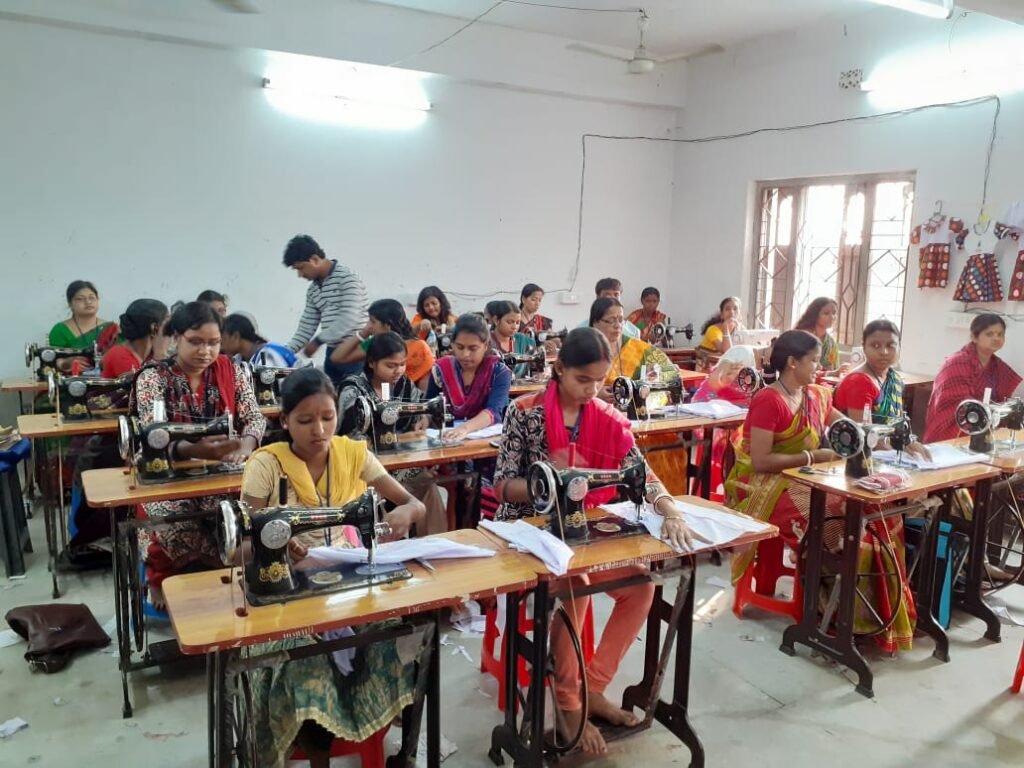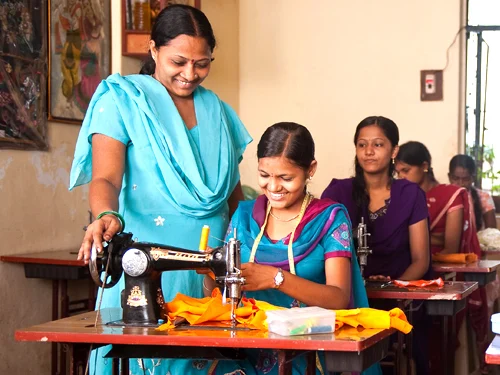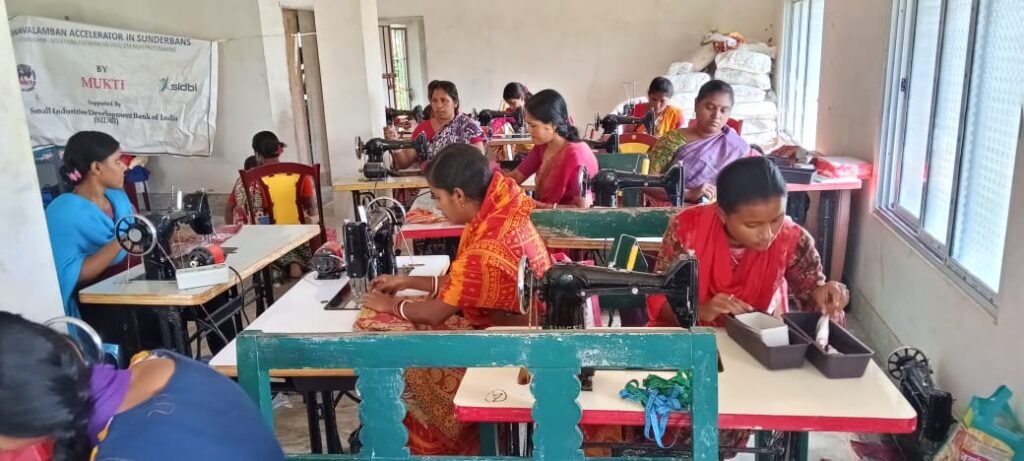
Basic Cutting and Tailoring Program by SHKSSS: Empowering Individuals with Tailoring Skills
Introduction to the Program: The Basic Cutting and Tailoring Program is a vocational training initiative aimed at providing individuals with essential skills in the art of cutting and tailoring. This program is designed and implemented by an organization dedicated to promoting education, skill development, and empowerment among marginalized communities, particularly in rural and semi-urban areas.
Program Objectives: The primary objectives of the Basic Cutting and Tailoring Program are:
Skill Development: To impart basic skills in garment cutting, stitching, and tailoring to individuals with little or no prior knowledge in the field.
Employability: To enhance the employability of participants by equipping them with marketable skills that are in demand in the local garment industry.
Entrepreneurship: To empower participants to start their own tailoring businesses or work as freelancers, thereby generating sustainable livelihoods for themselves and their families.
Social Empowerment: To promote gender equality and social inclusion by providing equal access to skill development opportunities for women, youth, and marginalized communities.


Training Methodology: The Basic Cutting and Tailoring Program employs a participatory and hands-on learning approach, including:
Demonstrations: Experienced instructors demonstrate cutting and stitching techniques step-by-step, allowing participants to observe and learn visually.
Practical Exercises: Participants engage in practical exercises and hands-on activities to reinforce their learning and develop proficiency in cutting and tailoring skills.
Group Projects: Participants work on group projects such as sewing simple garments or accessories, allowing them to apply their skills collaboratively and gain confidence.
One-on-One Guidance: Instructors provide individualized guidance and feedback to participants, addressing their specific learning needs and challenges.
Field Visits and Industry Exposure: Participants have the opportunity to visit local garment factories, tailoring shops, or fashion exhibitions to gain exposure to real-world tailoring practices and industry trends.
